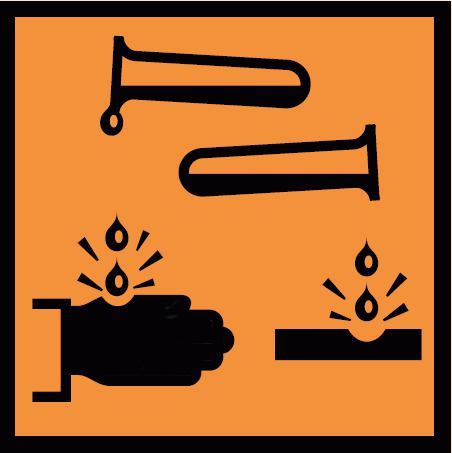Classification of hazardous objects by type of hazard. Classification of hazardous production facilities
Chemically dangerous objects- these are objects (whether laboratories, institutions or enterprises) that are places of storage, processing, use or transportation of hazardous chemical substances that may harm the health of nearby populations. Moreover, the amount of substances transported to chemically hazardous objects exceeds the threshold value, and when they are destroyed, people, animals and the environment as a whole can be infected. Chemically hazardous facilities are enterprises of the chemical, oil refining, meat and dairy, food industries, bases and cold storage plants with refrigeration units located on them, which use ammonia. In addition, chemically hazardous facilities are water treatment and pulp and paper enterprises, which use chlorine in the process of their work, as well as ports and on which there are tracks where rolling stock with chemically hazardous substances is located. Also, this type of object includes absolutely any transport - be it a bicycle or an airplane that transports chemically hazardous cargo. Chemically hazardous facilities are also scientific, medical or educational institutions that have their own chemical laboratory. Here you can also add warehouses, bases and other premises storing toxic chemicals, and landfills where chemically hazardous substances and other industrial waste “rest”. Sulfuric acid, hydrogen sulfide, ammonia, carbon disulfide, chlorine and others are most often used at such hazardous facilities.
 Classification of chemically hazardous objects can be carried out according to various criteria:
Classification of chemically hazardous objects can be carried out according to various criteria:
Toxicity;
Quantity;
Technology for storing hazardous chemical substances;
Production characteristics (producing or consuming hazardous chemical substances).
Chemically hazardous objects are also divided into 4 classes.
 The characteristics of chemically hazardous objects do not provide reassuring information about their safety. Anything can easily “invade” environment, thereby causing mass poisoning among the population. And in this way they manage to harm the environment due to the physicochemical and toxic properties of these substances. The most important and decisive properties here are ignition, flash, boiling and freezing points, corrosivity, solubility, viscosity, density, heat of evaporation, volatility, hydrolysis and vapor pressure. But there are many other properties that also play an important role in the “life” of these dangerous substances and, as a consequence, in the lives of people.
The characteristics of chemically hazardous objects do not provide reassuring information about their safety. Anything can easily “invade” environment, thereby causing mass poisoning among the population. And in this way they manage to harm the environment due to the physicochemical and toxic properties of these substances. The most important and decisive properties here are ignition, flash, boiling and freezing points, corrosivity, solubility, viscosity, density, heat of evaporation, volatility, hydrolysis and vapor pressure. But there are many other properties that also play an important role in the “life” of these dangerous substances and, as a consequence, in the lives of people.
